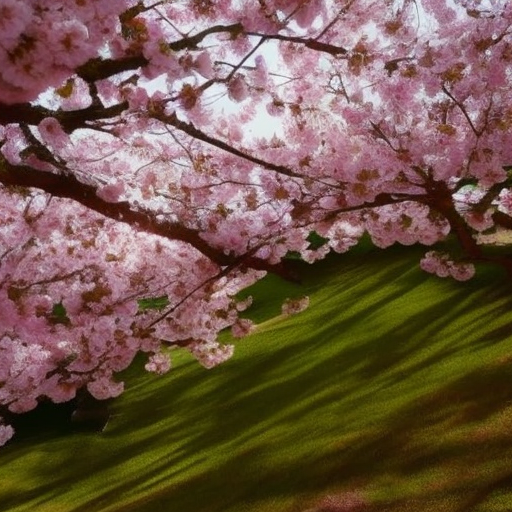Summary: Haiku is a traditional form of Japanese poetry that consists of three lines and follows a specific syllable pattern. It originated in the 17th century and has since become a popular form of expression worldwide. Haiku typically captures a single moment in nature and evokes emotions or insights. The brevity and simplicity of haiku make it a powerful and contemplative art form.
Origins and Structure
Haiku originated in Japan during the 17th century and was influenced by the earlier form of poetry called hokku. The hokku was the opening stanza of a collaborative linked-verse poem called renga. Over time, the hokku gained popularity as a standalone form, and its structure and themes evolved into what is now known as haiku.
A traditional haiku consists of three lines with a total of 17 syllables, typically arranged in a 5-7-5 pattern. Each line contains a specific number of syllables: the first line has five, the second line has seven, and the third line has five. This syllable structure, known as morae in Japanese, is not directly translatable to English, so English haiku often deviate from the strict 5-7-5 pattern.
Themes and Imagery
Haiku traditionally focuses on capturing a single moment in nature and conveying a sense of immediacy and simplicity. The poet often observes natural phenomena such as seasons, weather, plants, animals, or landscapes. These observations are distilled into a few words or images that evoke a deeper understanding or emotional response.
The use of vivid and sensory imagery is crucial in haiku. Poets strive to create a vivid picture in the reader’s mind using minimal words. They often employ techniques such as juxtaposition, contrast, and seasonal references to enhance the imagery and evoke a sense of the ephemeral nature of life.
Philosophy and Aesthetics
Haiku is deeply rooted in Japanese culture and aesthetics. It reflects the principles of Zen Buddhism and the concept of wabi-sabi, which values simplicity, imperfection, and the beauty of the natural world. Haiku encourages a mindful and contemplative approach to life, inviting the reader to slow down, observe, and appreciate the present moment.
The brevity of haiku is a deliberate choice to convey a sense of immediacy and capture the essence of a fleeting moment. By focusing on a single subject, haiku encourages the reader to engage with the world in a more profound and meaningful way.
Global Influence and Modern Haiku
Haiku has gained popularity worldwide and has been adapted to various languages and cultures. While traditional haiku still holds its place, modern haiku often deviates from the strict syllable pattern and explores a broader range of themes and subjects.
Contemporary haiku poets experiment with form, structure, and language to create innovative and thought-provoking haiku. They may incorporate elements of surrealism, social commentary, or personal experiences into their poems. Despite these variations, the core principles of capturing a moment in nature and evoking emotions remain at the heart of haiku.
In conclusion, haiku is a traditional form of Japanese poetry that originated in the 17th century. It consists of three lines with a specific syllable pattern and focuses on capturing a single moment in nature. Haiku’s brevity and simplicity make it a powerful and contemplative art form that invites readers to slow down, observe, and appreciate the present moment. While traditional haiku remains influential, modern haiku explores new themes and forms, reflecting the evolving nature of this poetic tradition.












